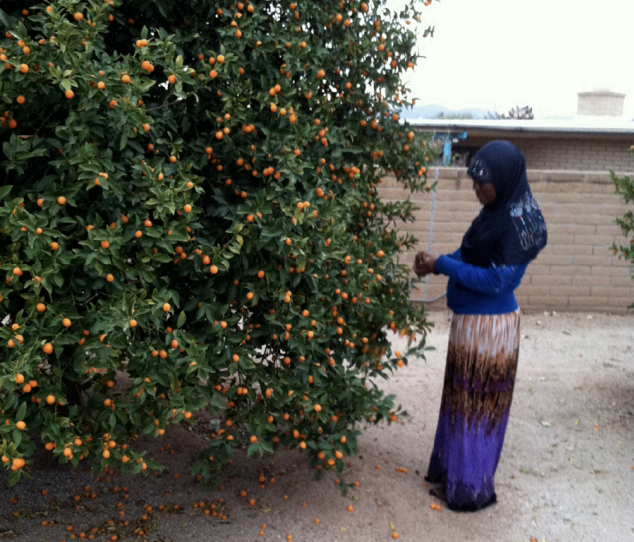On a recent Sunday morning, the Barrio Centro neighborhood in Tucson, Arizona, was abuzz with activity. People from all walks of life were busy hauling dirt, planting saplings and building earthworks like berms and swales in the warm spring air.
They were part of a community planting event organized by Tucson Clean and Beautiful, a local nonprofit, as part of a larger, city-wide effort to fill street corners and vacant lots with groves of trees. The ultimate goal: to create more shade and increase heat resilience in the most vulnerable neighborhoods.
Tucson, sitting in the middle of the Sonoran Desert, is among the fastest-warming cities in the US. Over the past five decades, its average temperature has soared by 4.48 degrees Fahrenheit; last year, the town sustained more than 50 consecutive days with temperatures surpassing 100 degrees.
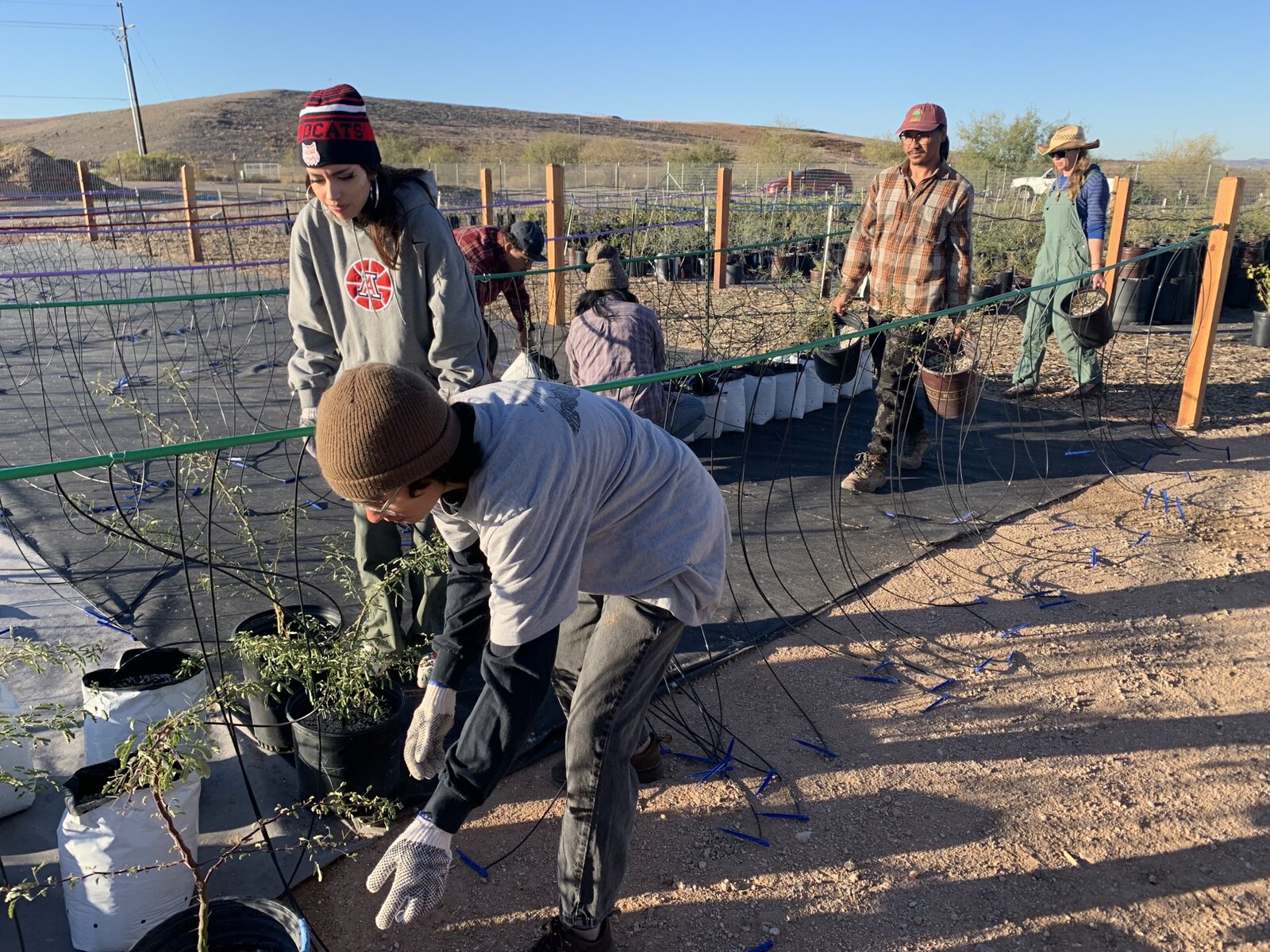
However, the heat hits some areas harder than others. In neighborhoods in southern Tucson such as Barrio Centro, predominantly home to Latino and low-income communities, temperatures can be up to eight degrees warmer than the city’s average and a staggering 12 degrees hotter than affluent areas in the city’s north like the Catalina Foothills.
Such a difference is the legacy of decades of neglect that prevented the development of green spaces in the city’s poorer neighborhoods, argues Fatima Luna, Tucson’s chief resilience officer. “The south part of Tucson has been historically under-resourced, and there are not a lot of tree canopies there,” she says.
The extra heat endured by low-income neighborhoods often coincides with limited access to air conditioning, putting residents at risk of heat-related illnesses and even death. “This isn’t merely an environmental issue,” maintains Luna. “It’s a critical public health concern.”
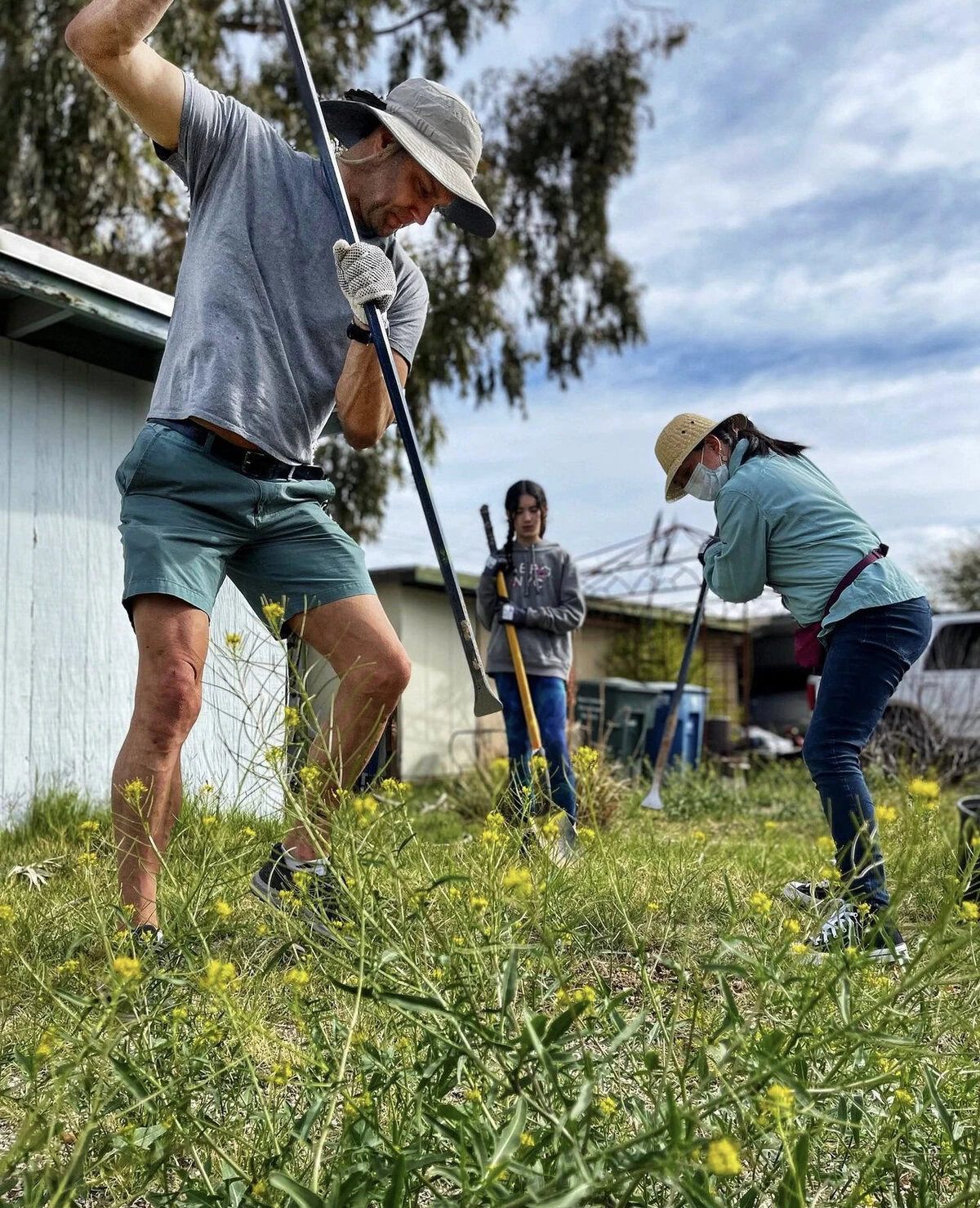
To address these disparities, in 2020 Tucson set a lofty goal: to plant one million trees by the decade’s end. The commitment came as the city joined the 1t.org Stakeholder Council, a coalition dedicated to global tree restoration efforts. The US chapter of this council — which includes organizations like REI, the National Forest Foundation and Amazon, and cities like Dallas and Detroit — has pledged to plant over one billion trees collectively.
To pinpoint the areas most in need, Tucson city officials rely on an interactive dashboard powered by American Forests’ Tree Equity Score methodology. The tool crunches data like tree canopy cover, climate, the percentage of people of color, poverty rates, unemployment rates and the population of seniors and children to produce a single measure ranging from zero to 100 for each of Tucson’s 466 neighborhoods.
“This score serves as a compass, highlighting areas needing urgent attention,” Nicole Gillett, Tucson’s urban forestry program manager, explains. “Lower scores signify a greater need for investment.”
Weighed down by negative news?
Our smart, bright, weekly newsletter is the uplift you’ve been looking for.Accessible to the public, the dashboard facilitates transparency and citizen engagement, enabling residents to track progress and report planting activities.
Planting sessions, organized in collaboration with local organizations such as Tucson Clean and Beautiful, occur on weekends throughout the planting season, which spans from October to March. During these events, volunteers are mentored by professional arborists who provide instructions on tree planting and maintenance.
Through a platform called Grow Tucson, residents also have the opportunity to actively co-design urban green spaces, ensuring they meet the needs of their community.
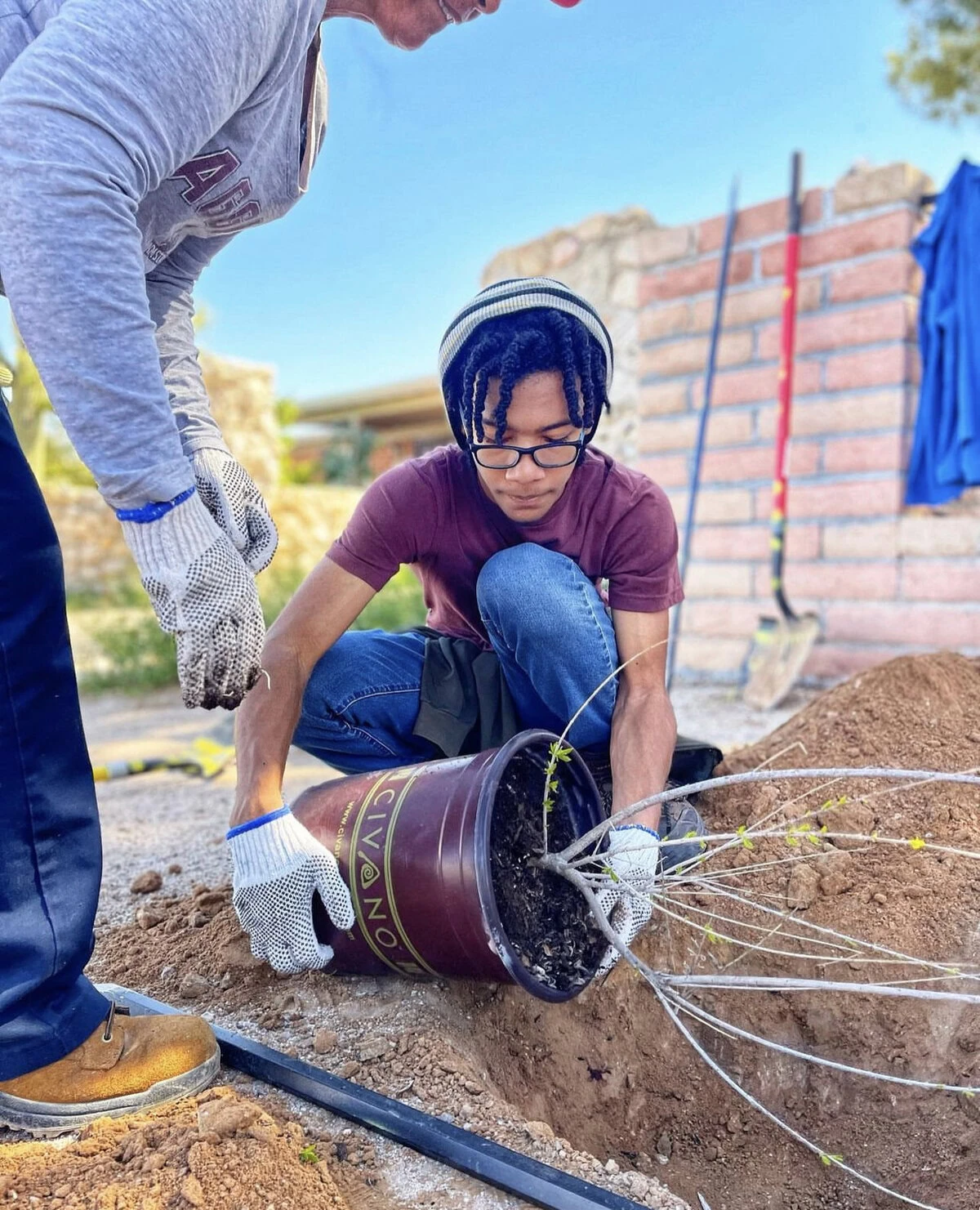
“Giving locals a personal stake is crucial,” notes Gillett. “It fosters purpose.”
The initiative prioritizes planting drought-resistant species indigenous to the region, such as blue palo verde, desert ironwood, desert willow and desert hackberry. “These species are particularly suited for urban environments because they grow at low elevations and depend entirely on rainwater for nourishment,” says Gillett.
In Tucson, where much of the surface is paved and impermeable, planting these trees can even play a role in revitalizing the city’s beleaguered streamsheds rivers, and creeks.
“Adding a rain basin with every tree is like giving the rain a direct pathway into the ground where it’s needed,” explains Gillett. “That way, it’s not just watering the trees but also replenishing groundwater and supporting streamflow.”
Some of these tree species can also contribute to addressing food insecurity in a city where nearly 20 percent of residents live more than a mile from the nearest grocery store, believes Brandon Merchant, a longtime Tucson resident and farm and garden education coordinator for the Community Food Bank of Southern Arizona.
Merchant leads a program called SOMBRA, the Spanish word for shade and an acronym for Sonoran Mesquite Barrio Restoration Alliance. The initiative aims to plant 20,000 velvet mesquite trees across the city’s most vulnerable neighborhoods by 2030 to build shade and enhance food security.
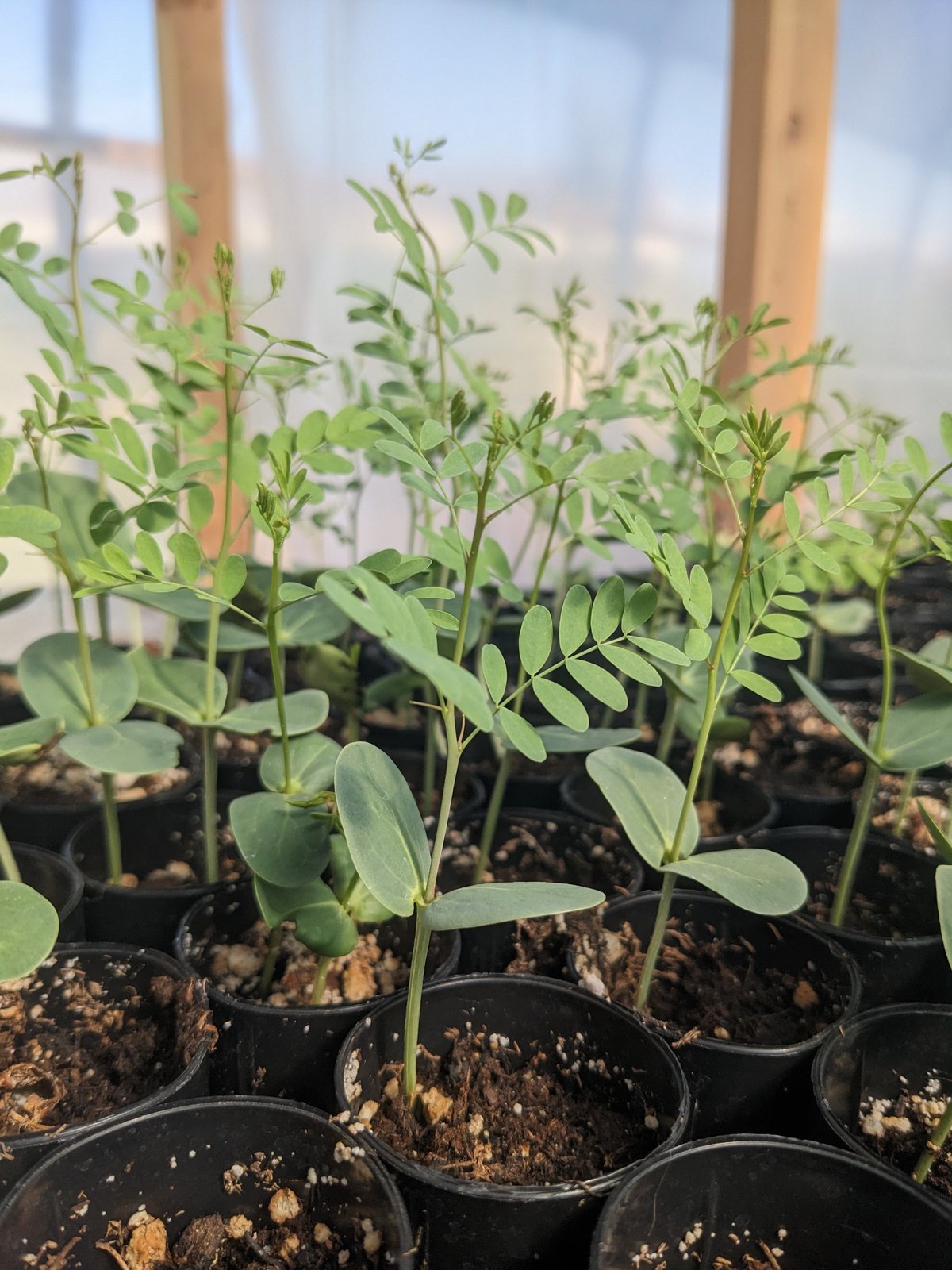
Backed by the Arizona Department of Forestry and Fire Management’s Urban and Community Forestry Program and the US Forest Service, SOMBRA began in 2021 after Merchant drew inspiration from a similar initiative in Portland, Oregon, focused on chestnuts.
“When we started thinking about it, we began noticing that mesquite trees are very much like chestnuts in that they can be grown in cities and can be used as a food supplement,” explains Merchant. “Indigenous communities living in this area have relied on it for thousands of years.”
The food bank organizes workshops about growing, pruning and harvesting techniques to educate community members on planting and caring for mesquite trees. “That’s a big part of it, giving people the skills to plant and tend to these trees for the long haul,” Merchant explains. The training also involves processing mesquite bean pods into flour ideal for baking bread, cookies and pancakes.
As part of the initiative, Merchant has teamed up with a local high school, a community farm and representatives from local tribes. Together, they have set up four cultivation sites where saplings are grown and nurtured until they are ready for transplantation. Only a few hundred saplings have been put into the ground thus far, but Merchant is optimistic about scaling up planting efforts this year.
To date, Tucson’s initiative has led to the planting of approximately 100,000 new trees. Gillett says some of the trees planted first will start to have a small impact on shade and temperature, but it will take several more years to fully measure their impact.
The effort recently received a significant boost with a $5 million grant from the US Forest Service. This funding is part of a larger $1 billion commitment to urban forestry projects nationwide, established under the Biden administration’s flagship Inflation Reduction Act.
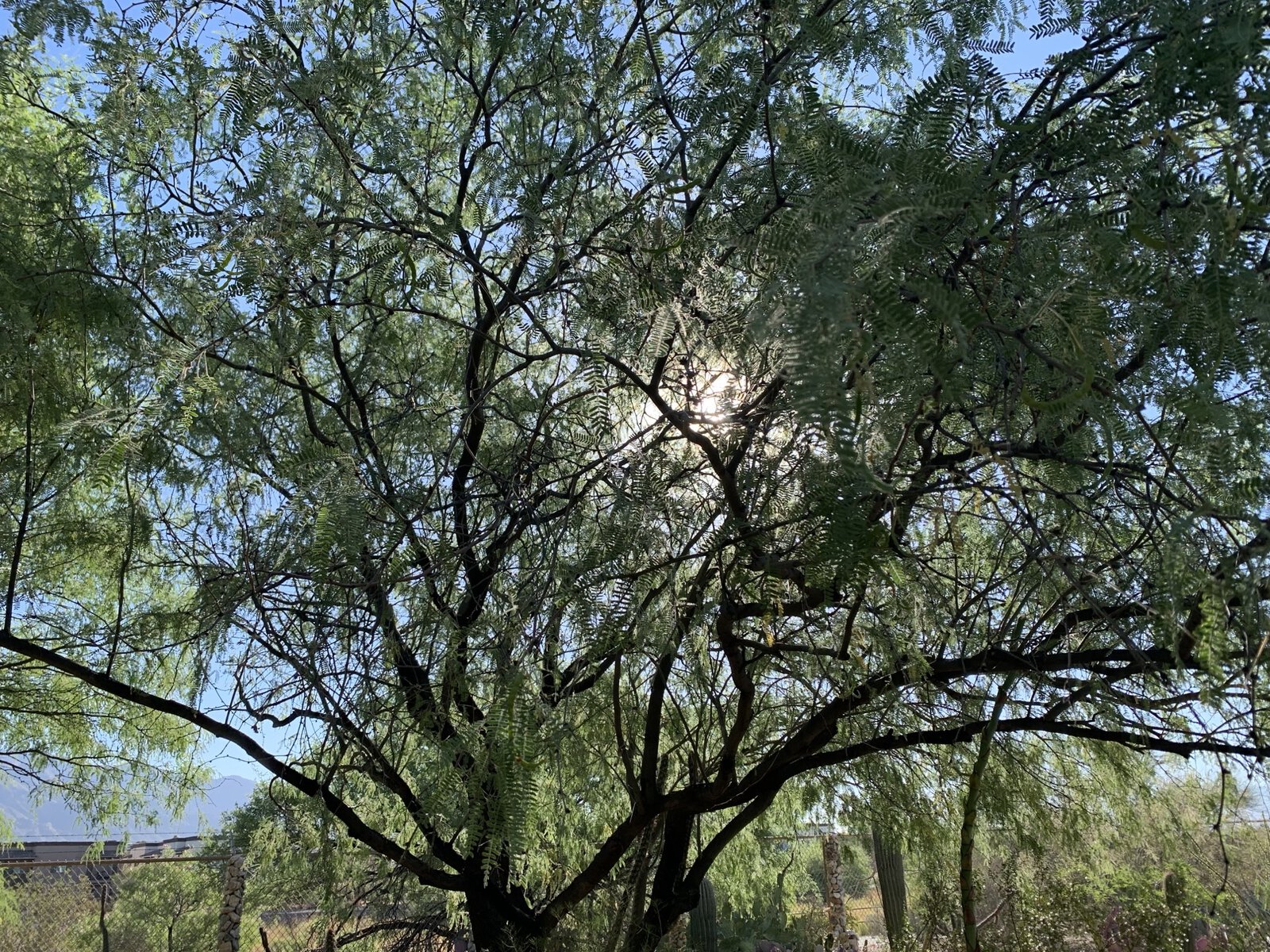
The grant funding will help the city run its recently opened Tree Resource Education and Ecology Center, a hub where seedlings are nurtured, and which can accommodate approximately 5,000 trees and plants. According to Gillett, this financial support will also bolster tree-planting capabilities and contribute to youth employment through specialized training initiatives.
As Tucson paves its path toward a cooler and more resilient future, municipalities across the country are paying attention. Gillet says she is frequently approached by leaders interested in setting up similar schemes in their own cities.
She believes Tucson’s approach can serve as a guiding model, as long as efforts are rooted in scientific principles, involve residents at every stage, and prioritize supporting vulnerable communities. “We’re not just planting trees,” says Gillett. “We’re planting equity.”











